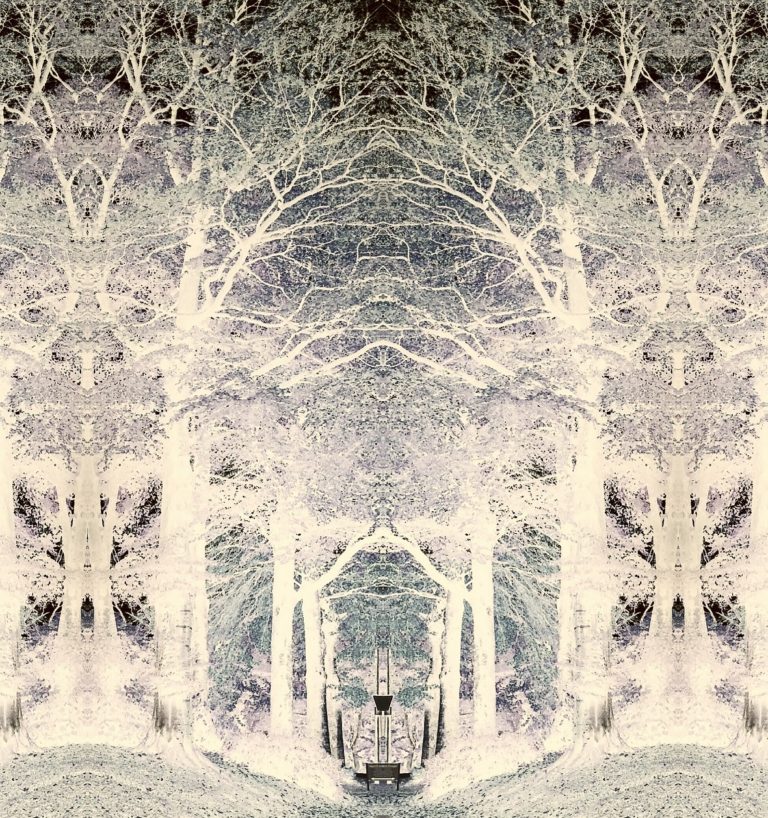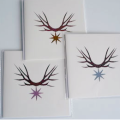With the holiday season right around the corner, many artists are dusting off the gold paint to get started on some festive editions. Designing prints, decorations and Christmas cards can be an excellent way to supplement your income at this time of year, but how can you capture the spirit of Christmas without falling into cliché? In this article, we offer 5 practical considerations for making suitably festive art, spotlighting the work of Artweb members who share their top tips for avoiding cliche this holiday season.
1. Think outside the box
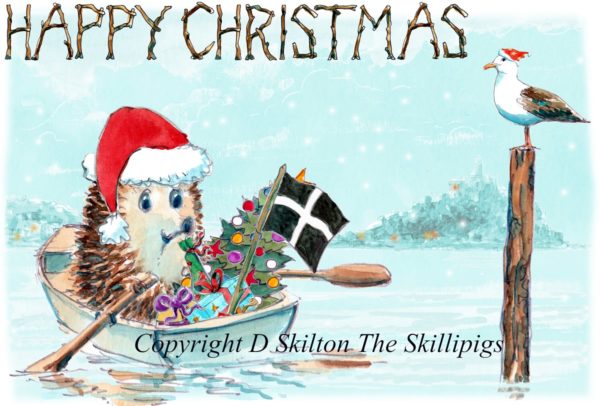
Images of Santa in his fur-lined red suit are commonplace at this time of the year, but there are many simple and imaginative ways to use these festive signifiers to create something new and unexpected. You could try painting your pet in Santa’s clothing, or adapting the signature costumes of well-known figures. David Bowie in a Santa-esque spaceman leotard? Or the cast of the Great Gatsby in festive flapper attire? Use fantasy as a tool to your advantage, like ArtWeb member Dick Skilton, who has created a series of festive works featuring hedgehogs he calls ‘Skillipigs’. By depicting these creatures in humorous situations, often dressed as elves or donning Mr Claus’s classic red cap, Skilton uses the standard festive tropes to create his own unique and animated world.
2. Be specific
An excellent way to avoid cliché is to make things specific. Whilst the snowy English village makes an idyllic setting for festive landscapes, Winter doesn’t look the same everywhere. A Christmas scene in Australia is bound to look different from a Christmas scene in Russia. When painting Christmas landscapes, take inspiration from the landscape around you, incorporate the buildings and landmarks specific to your town or city. Alternatively, try using old holiday snaps or travel brochures for inspiration. Utilise artistic license to decorate the pyramids or Venice’s Grand Canal with fairy lights and tinsel. Excellent examples of place-specific work can be seen in Judi Donegan’s atmospheric oil painting ‘Winter in Norfolk’, or Ulrika Jarl’s playful illustrations set amongst the iconic Brighton Pier.
3. Change your palette
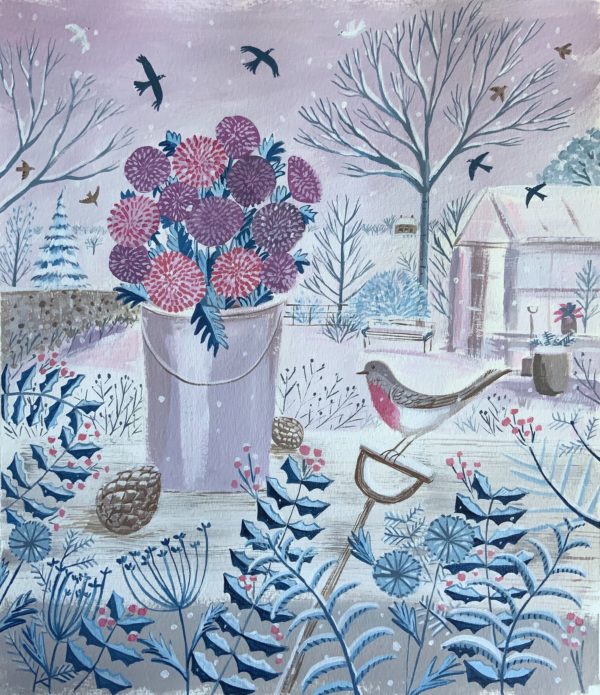
Typically, colours associated with Christmas are deep reds, greens, icy blues and gold, but there’s no reason to limit yourself to these shades alone. Widening your colour palette is one of the simplest and most effective ways to make your festive designs stand out from the crowd. Incorporating colours not traditionally associated with the holiday season can make your designs ‘pop’, whilst steering away from the realm of Christmas cliche. Mary Stubberfield’s pastoral artworks achieve this beautifully. In ‘Winter Garden with Robin’, she has used a range of pink, purples and browns, adding foliage to her unconventional palette to imbue the scene with a festive charm.
4. Embrace your style
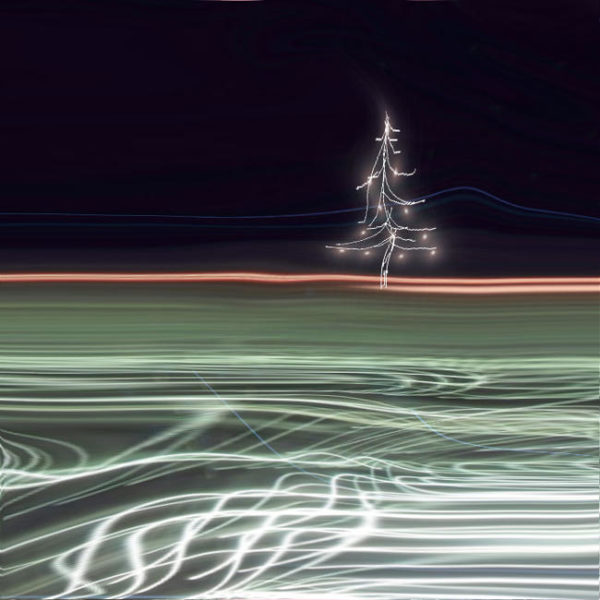
In order to avoid fading into the background this season, it’s important to embrace your own unique style, rather than imitating the work of others whose art may be more overtly festive. Retaining your own visual language will give your work the authenticity that clichéd artworks often lack. In her digital work ‘Banklight Planet Christmas – Phase 2’, ArtWeb member Suzanna Reynolds employs her distinct, otherworldly style to create a festive landscape totally unique in its sparse ambience and lines of light. A Christmas scene straight from a stylised science-fiction film, Reynold’s festive work is a fantastic example of working with one’s own style, rather than against it.
5. Personalise
Offering a personalised service is a great way to avoid cliché and boost your sales over the festive period. I once received a handmade Christmas card featuring the front door of my house, complete with my house number and a decorative wreath. Personalised touches like this enable otherwise general images to become highly individual and full of sentiment. Moreover, the recipient is sure to feel special with such a thoughtful gesture. Illustrator Keith Pirie does this by offering personalised versions of his prints, such as this one, ‘Ae fond kiss’, where customers can add their names, special dates, or a message of their choice.
Festive art examples for inspiration
We asked three ArtWeb members for their top tips on making festive artwork without slipping into cliché. Here is the advice they had to offer:
Mary Stubberfield
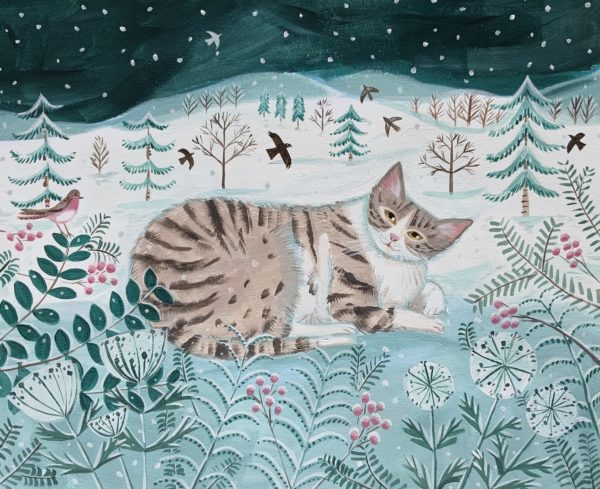
Mary Stubberfield is a painter of landscapes, often populated by her signature cat characters. Her distinctive style is illustrative and makes use of a vibrant colour palette. Her work successfully avoids cliché by retaining this unique style, whilst adding in subtle Christmas signifiers.
“I find clients usually buy either landscapes or cat paintings over Christmas. When making festive artworks I would use a suitable palette: for example, dark green, crimson, white, cream, dark blue, silver, or gold. Work can be tailored for Christmas by adding snow, foliage, or a robin to winter landscapes. To retain style, I keep things subtle — adding a tree in a window, festive lights to a building, or adding symbols like a dove, star, or angel.”
See more of Mary Stubberfield’s artwork.
Dick Skilton
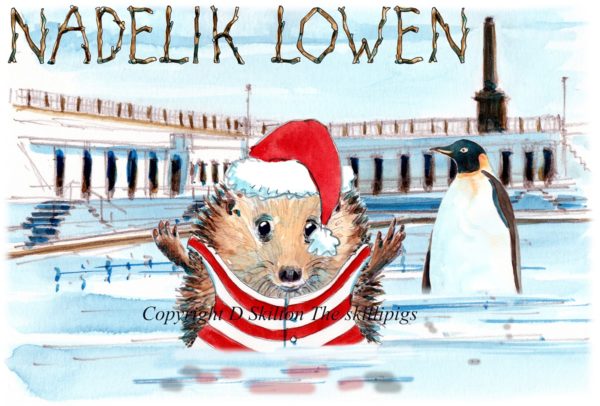
Dick Skilton uses pencil, watercolour and pen to create a range of different work, from traditional British landscape painting to his mischievous hedgehog characters ‘Skillipigs’. He offers a personalised service and uses humour in his festive works, turning cliché on its head.
“Christmas has become a time for designing our Skillipig cards. These cards sometimes use my artwork of places to create a bespoke greeting card design. The Skillipigs are my creation of fun hedgehogs painted in humorous situations. I feel they add to my artwork by telling a story as well as adding a greeting in the stick alphabet I have painted. I feel I do not avoid any cliche but rather work with it and try to find an imaginative and humorous way to use it.”
See more of Dick Skilton’s artwork.
Suzanna Reynolds
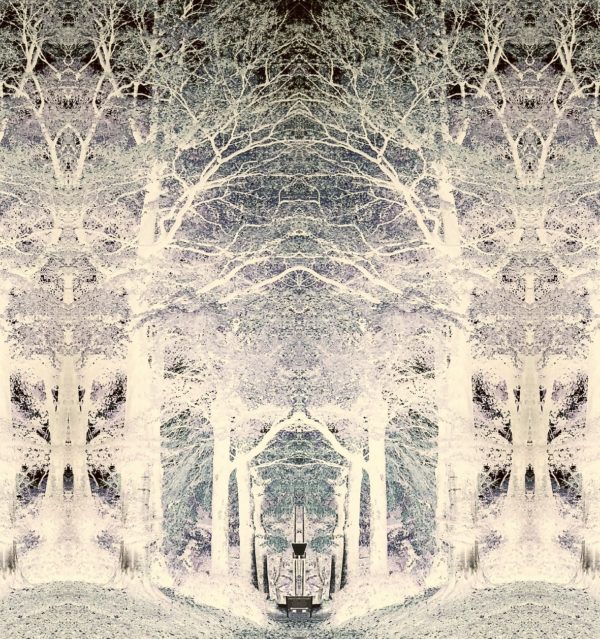
Suzanna Reynolds is an artist who works with metaphor, allegory, and what she describes as ‘unconscious driven edges’. Her work is alchemical and evokes unknown worlds and elements of fantasy. To avoid cliché, she adapts old work, allowing her to maintain her distinctive dream-like quality.
“I don’t generally make art especially for Christmas, however some of that art I do throughout the year seems to fit in with the festive theme. I’m interested in the metaphysical, and what evolves sometimes evokes that magic element of Christmas. I would say don’t try to make festive work for the sake of it. If I don’t have anything in my portfolio, I usually source old work and heighten it. Recently I have become more interested in losing colour in my work through desaturation — this happens in winter. However, the magical element of light coming through a desaturated landscape in a more diffused form, creates that sense of Christmas magic.”
See more of Suzanna Reynolds artwork.
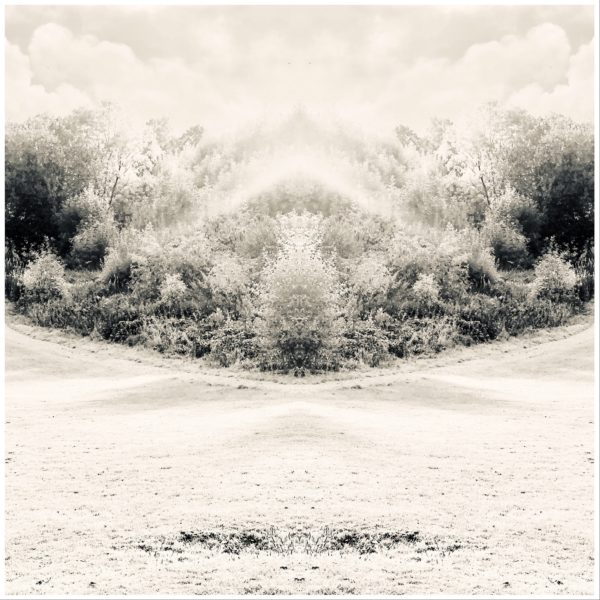
After creation, here are ways to market your Christmas artwork.

